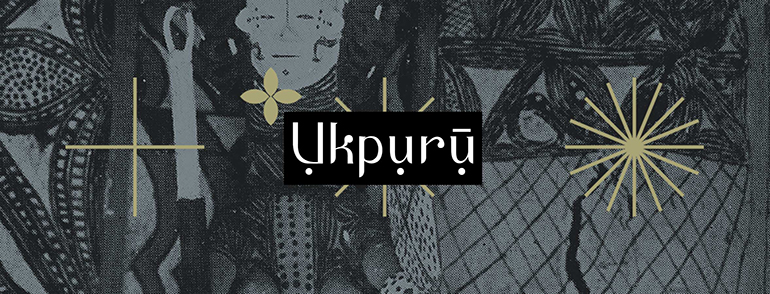
An Igbo compound entrance, in or near Önïcha. Photographed by Herbert Wimberley, c. 1903-18. Cambridge University Library.
The ancestral compound is usually handed down from father to first son, and other lands are shared by other sons, usually making concessions for daughters. There were compounds that were headed by women, especially in the case of wealthy women who married other women into their umunna (patriline), and there are Igbo communities such as Ohafia where agricultural land rights are traced matrilineally.
There are conventional layouts for compounds depending on the cultural region. A compound, known commonly as ngwuru, ezi, or ama, depending on the wealth of the owner, can be divided by walls into different sections. For each wife is the mkpuke which is her own section and house, while a central building known as the obi or obu serves as the head of the house's main living area and the meeting house where the main ancestral shrine is usually in. The kitchen area, often in the back is commonly known as ọnụ ụsọ Ekwu or Usekwu, the abode of the women's hearth spirit Ekwu. In many places the common practice is to surround the compound with a high defensive wall made out of earth known as egwe or aja ngwuru, such compounds usually had a grand entrance with many carved and coloured wooden panels and a large door or gate known as mgbo ezi. There are few aja ngwuru and mgbo ezi (usually the right of titled people) left today.

No comments:
Post a Comment